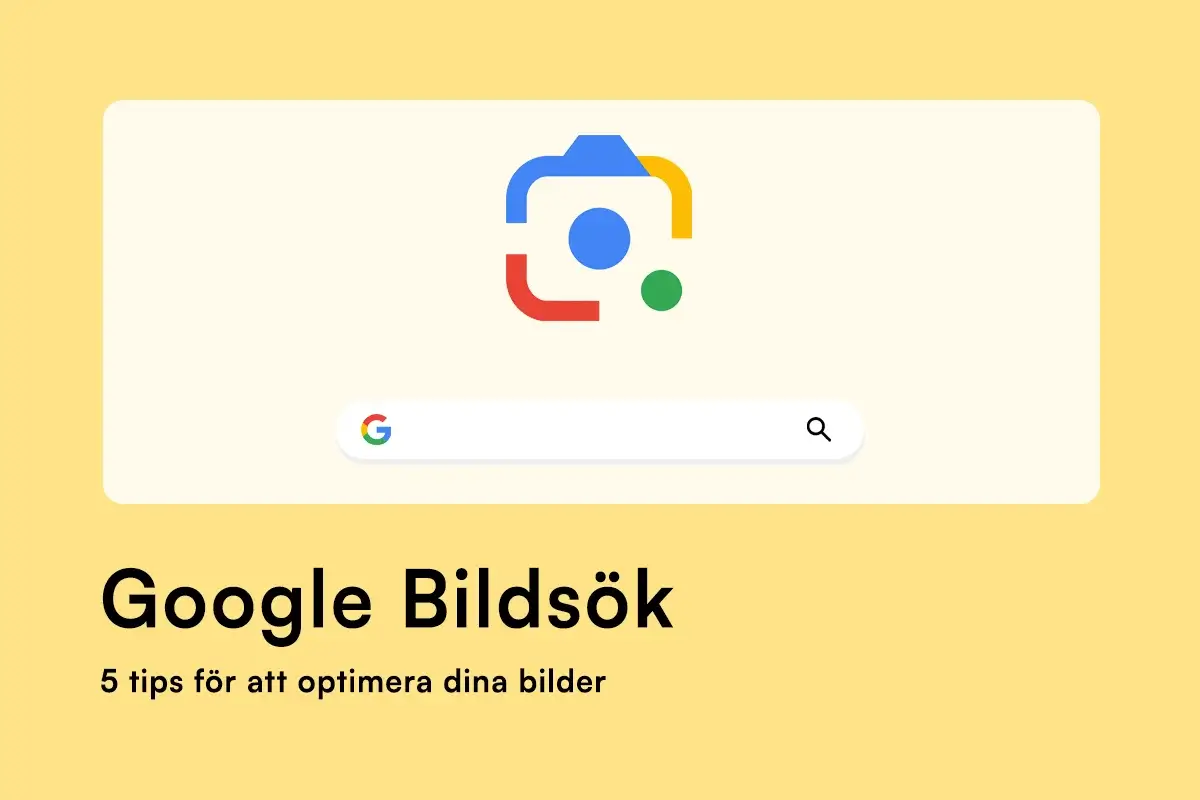Welcome to Hive Creative’s short introduction to web accessibility, which is crucial in our digital world. Let’s explore how it benefits businesses, why accessibility is important, and practical tips for creating an inclusive web experience for everyone.
Create inclusive digital experiences
Web accessibility is about designing and developing digital content that can be accessed, understood, and used by individuals with different abilities, including those with visual, auditory, cognitive, and motor disabilities.
- Cognition
- Sight
- Hearing
- Speech
Impairment does not necessarily mean disability. A disability occurs when a person, regardless of ability, interacts with an environment that was not designed with their needs in mind. Most people will experience some form of disability during their lifetime, whether it is permanent, temporary, or situational. Disability can range from lifelong conditions such as blindness or deafness to temporary problems such as a broken leg or situational challenges such as working in bright sunlight.
Understanding and helping individuals with varying needs is like having a toolbox—you choose the appropriate tool based on the individual’s requirements.
The goal of web accessibility is to create a barrier-free digital environment and ensure that everyone can fully participate in the digital experience.
Make accessibility a unified experience
Planning and implementing accessibility from the start is the most cost-effective and efficient way to ensure usability for everyone. Here are some steps to get started:
- Raise awareness
- Ensure everyone in your organization understands the importance of web accessibility to address common challenges like misunderstandings, resistance to change, and misconceptions about costs.
- Team Training Program
- Increase knowledge and empower teams through training programs to better implement available solutions.
- Integrate accessibility early
- Integrate accessibility into the development process from the beginning to prevent costly reworks and ensure seamless integration into your website.
- Use testing tools
- Use automated tools, manual testing, and user feedback to conduct thorough accessibility checks and ensure your website meets standards.
- Set clear goals and track progress
- Define specific and measurable accessibility goals for your website, monitor progress regularly, and adjust as needed to continually improve accessibility.
Basic web accessibility checklist for beginners
Here’s a basic web accessibility checklist to get you started. For a more comprehensive assessment, consider hiring a web accessibility specialist or conducting manual testing.
- Change text size
- Make sure text can be resized without losing content or functionality.
- Verify that all features are accessible with zoom capabilities and that the website remains usable when text is enlarged up to 200%.
- Color contrast
- Make sure that text and images have sufficient contrast against their background for readability.
- Ensure that information is not conveyed through color alone by providing alternative text or descriptions for color-coded elements.
- Keyboard accessibility
- Verify that all features are accessible using only a keyboard, allowing users to navigate through forms and submit records.
- Make sure there is a visible focus indicator for keyboard navigation.
- Images and multimedia
- Confirm that all images and multimedia have descriptive alternative text (alt text).
- Ensure that multimedia has subtitles or transcriptions for users with disabilities.
- Consistent navigation
- Make sure that layout and navigation remain consistent across different pages.
- Provide a “skip to content” link for users to bypass repetitive navigation.
- Forms and checks
- Confirm that all form fields and controls have descriptive labels.
- Ensure that users are notified of any input errors and given an opportunity to correct them.
- Time-based media
- Ensure that time-based media can be paused, stopped, or adjusted.
- Provide options for users to extend time limits for interactive content.
- User feedback
- Ensure users receive clear and actionable feedback on form submissions and interactions.
- Provide clear and informative confirmation messages for completed actions.
- Additional functions
- Specify the language for each page and section.
- Use fonts that are easy to read and avoid overly decorative or illegible fonts.
- Test in different browsers
- Test the website in different browsers to ensure consistent accessibility.
- Confirm that the website is accessible and usable on different devices and screen sizes.
A promising future for digital accessibility
As we look to the future, the possibilities for digital accessibility are exciting! Imagine a world where technology and accessible design merge to create an inclusive online experience for everyone. With increased awareness and advocacy for accessibility, we can shape a future where the web is not only user-friendly, but also welcoming and accessible to all.
Rapid technological developments present both opportunities and challenges for web accessibility. Businesses and organizations must stay abreast of new technologies such as voice interfaces and artificial intelligence and ensure that these innovations are designed with inclusion in mind. By embracing accessibility principles from the start, we can create a digital landscape that benefits all users.
Let’s work together to make the web a more inclusive and accessible place for everyone.




